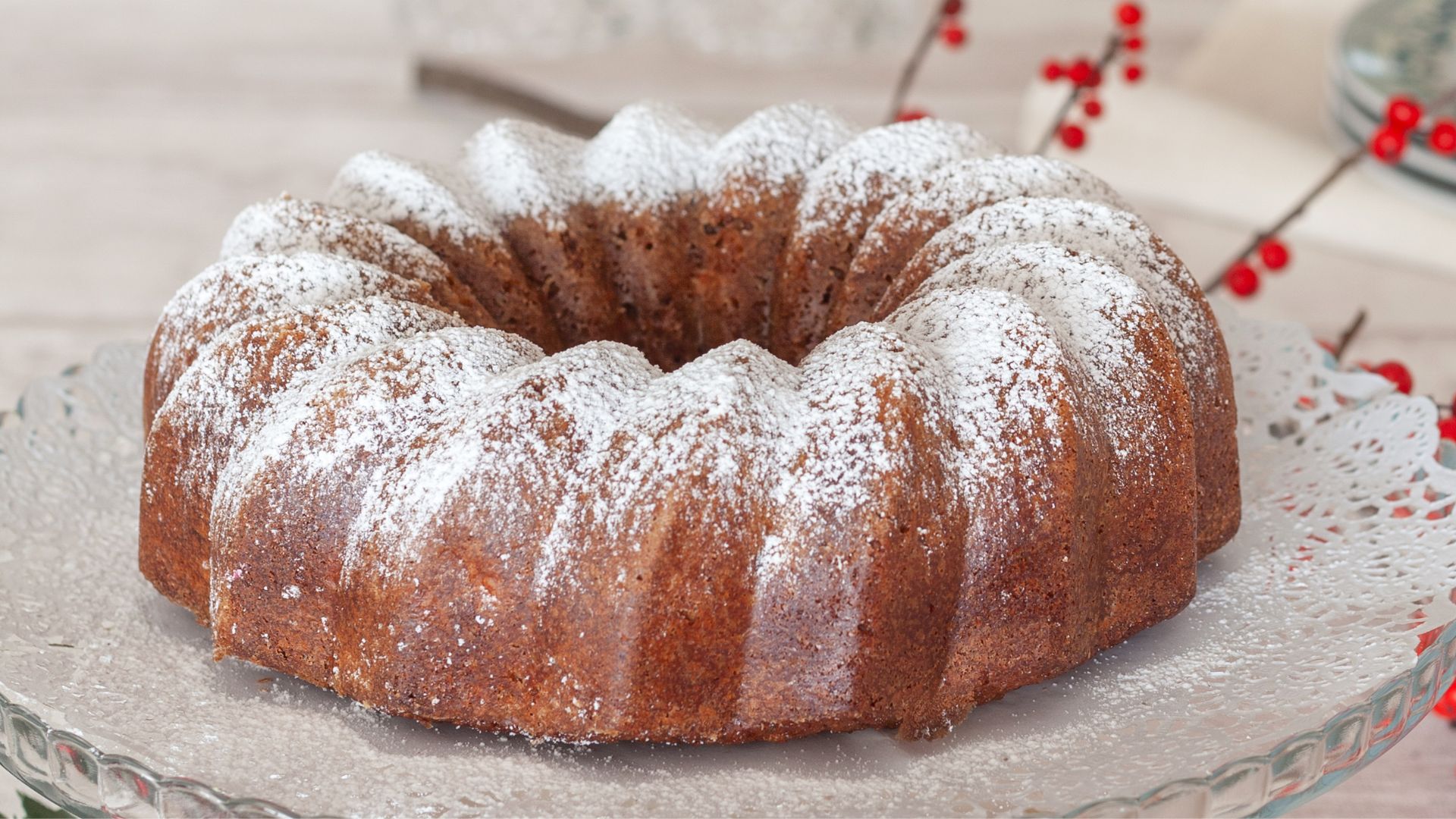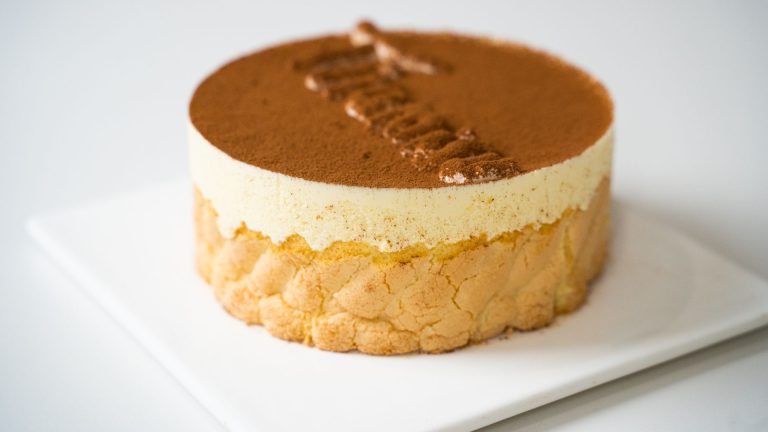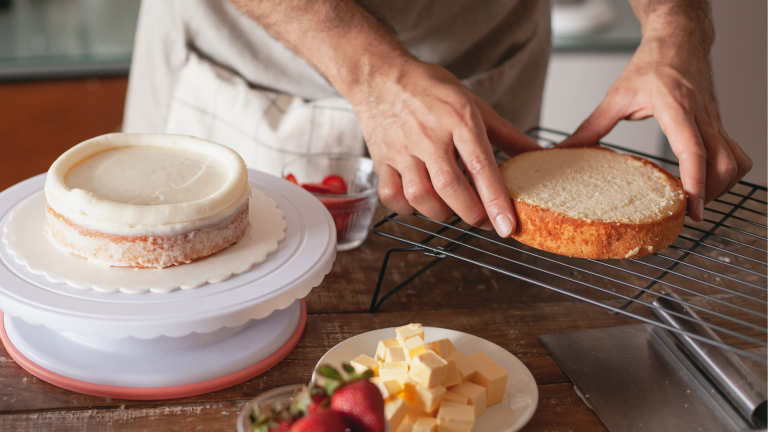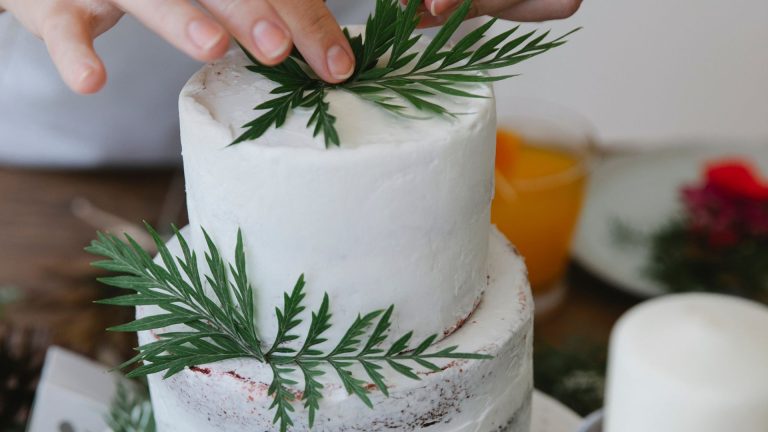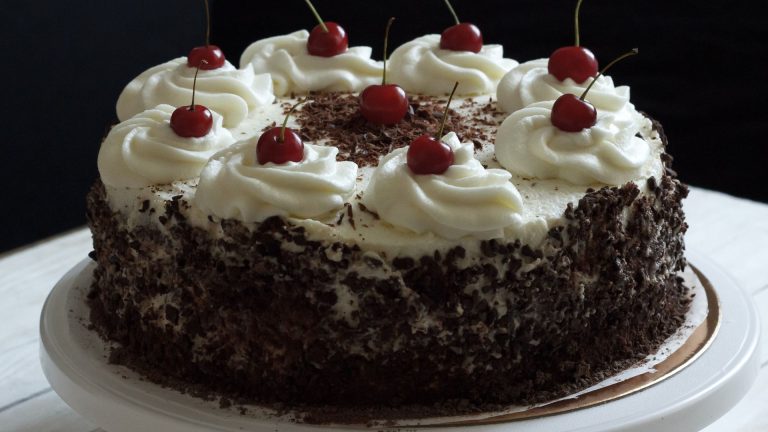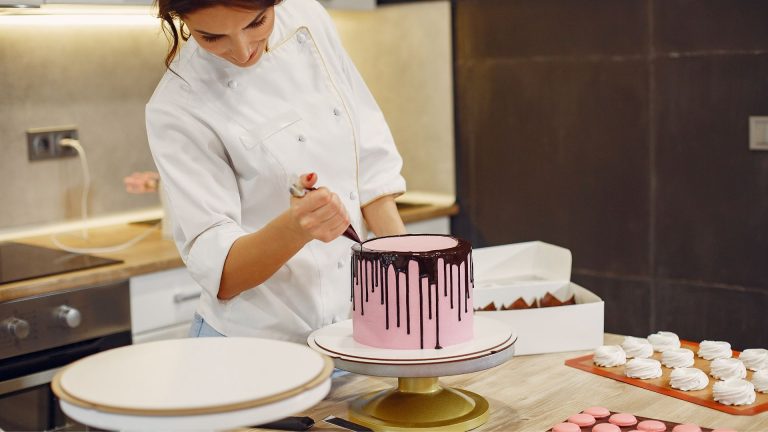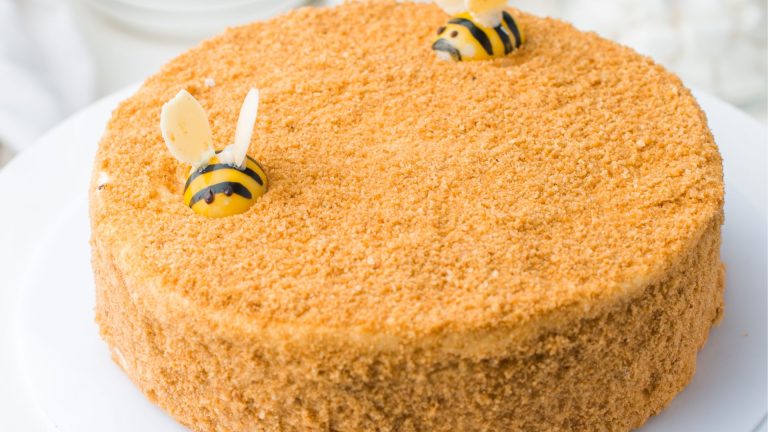CHL – Chilling role in cake making Explained
What is CHL – Chilling?
Chilling, or simply putting ingredients or dough in the refrigerator, is a technique used in various culinary processes, especially in baking. When it comes to cake making, chilling serves several important purposes. It’s not just about cooling down the dough; it’s a crucial step in achieving the perfect texture and flavor in your cakes.== >> Check out the right cake Chilling tools and ingredients that you need here
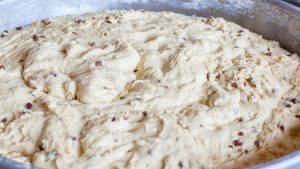
Why Chilling Matters in Cake Making
1. Enhancing Dough Texture
One of the primary reasons for chilling dough is to enhance its texture. For certain cakes, especially those with high fat content like butter cakes, chilling the dough helps in firming up the fat. This prevents the dough from spreading too much during baking, which helps in achieving a more uniform texture and shape.
2. Improving Cake Structure
Chilling can also contribute to a better cake structure. When you chill a cake batter or dough, it helps to relax the gluten network. This can result in a more tender crumb. Additionally, when working with layers or intricate designs, chilling can help maintain the shape and prevent melting, which is particularly useful when making elaborate cake decorations.== >> Check out the right cake Chilling tools and ingredients that you need here
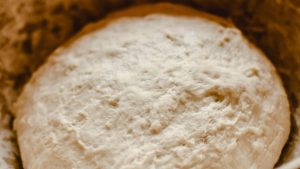
3. Better Flavor Development
Chilling dough or batter can also aid in flavor development. When the dough rests in the refrigerator, the flavors have more time to meld together. This is particularly beneficial for recipes where you want a rich and complex flavor profile. The chill allows ingredients like vanilla or citrus zest to infuse more thoroughly.
Practical Tips for Chilling in Cake Making
1. Don’t Over-Chill
While chilling is beneficial, over-chilling can have adverse effects. Dough that’s left in the fridge for too long can become too stiff to work with, so it’s essential to follow the recipe’s instructions on chilling times.
2. Cover Properly
When chilling dough or batter, always cover it well. This prevents it from absorbing any odors from the refrigerator and keeps the dough from drying out.== >> Check out the right cake Chilling tools and ingredients that you need here
3. Allow for Proper Warming
If the dough has been chilling for an extended period, it might need some time to come back to a workable consistency. Allow it to sit at room temperature for a few minutes before using it to ensure it’s pliable.
When to Use Chilling
Chilling is particularly useful for certain types of cakes and baking processes:
- Butter Cakes: To keep the cake layers firm and prevent spreading.
- Pies and Tarts: For the dough to hold its shape and create a crisp crust.
- Decorative Cakes: To keep decorations intact and avoid melting.
Chilling Alternatives: What You Need to Know
While chilling is a widely used technique in baking, there are several alternatives you might consider depending on your recipe and time constraints. These alternatives can help you achieve similar results without the need for extended refrigeration. Here’s a look at some effective methods you can use.== >> Check out the right cake Chilling tools and ingredients that you need here
1. Freezing
How It Works
Freezing is a more intense form of chilling and can be used when you need to firm up dough or batter quickly. The colder temperature of a freezer accelerates the solidification process, making it ideal for recipes that require a very firm texture.
When to Use
Cookie Dough: If you’re short on time and need cookie dough to be firm enough to handle, a quick 15-20 minutes in the freezer can do the trick.
Pie Crusts: For a flaky pie crust, you can freeze the dough before rolling it out to help it hold its shape.
2. Using Ice Packs
How It Works
Ice packs are a good alternative when you need to cool something quickly but don’t want to use the refrigerator. Placing your dough or batter near ice packs will lower the temperature without subjecting it to the prolonged cooling of a fridge.
When to Use
Butter-Based Doughs: For recipes where the dough needs to be firm but you don’t want to wait, using ice packs can speed up the process.
Fondant: If working with fondant for decorations, ice packs can help maintain its shape while you work.== >> Check out the right cake Chilling tools and ingredients that you need here
3. Room Temperature Techniques
How It Works
Certain techniques can help achieve similar results to chilling without using a refrigerator. These involve manipulating the dough or batter directly at room temperature to achieve the desired consistency.
When to Use
Sifting Ingredients: Sifting flour and other dry ingredients thoroughly can help with the texture, reducing the need for chilling to achieve the right consistency.
Use of Cold Ingredients: Starting with cold butter or eggs can sometimes reduce the need for chilling, especially in doughs where you want to retain a firm texture.
4. Cooling Racks and Fans
How It Works
Using cooling racks and fans helps to cool down baked goods quickly. This method is especially useful after baking to prevent residual heat from affecting the texture of the cake or pastry.
When to Use
Baked Goods: After baking, place cakes and cookies on a cooling rack with a fan directed at them to speed up cooling and prevent sogginess.
5. Adding Ice Water
How It Works
In some dough recipes, particularly for pie crusts, adding ice water can help achieve a similar effect to chilling. The ice water cools the dough and helps to keep the fat from melting before baking.== >> Check out the right cake Chilling tools and ingredients that you need here
When to Use
Pie and Tart Dough: Adding ice water helps to create a tender, flaky crust without needing to chill the dough for extended periods.
Practical Tips for Chilling Alternatives
Monitor Consistency: Regardless of the method used, always monitor the consistency of your dough or batter to ensure it’s suitable for your recipe.
Experiment: Different recipes and ingredients might respond better to specific methods, so experimenting can help you find the best alternative for your needs.== >> Check out the right cake Chilling tools and ingredients that you need here
Chilling Alternatives: A Comparison Table
To help you choose the best technique for your baking needs, here’s a comparative overview of chilling alternatives. This table outlines the key characteristics, benefits, and considerations for each method.
| Method | Description | Benefits | Considerations |
|---|---|---|---|
| Freezing | Rapidly lowers the temperature of dough or batter by placing it in the freezer. | – Quick firming of dough
– Effective for high-fat doughs – Maintains shape and texture |
– Can make dough too stiff if overdone
– Requires careful timing and monitoring |
| Ice Packs | Uses ice packs to cool down dough or batter by placing them close to the packs. | – Fast cooling
– Useful for partial chilling – Portable and easy to use |
– Less effective for large quantities
– Requires proximity to ice packs for best results |
| Room Temperature Techniques | Utilizes techniques like sifting or starting with cold ingredients to manage dough consistency. | – No need for refrigeration
– Convenient and immediate – Useful for some doughs and batters |
– May not be suitable for all recipes
– Results can vary depending on dough type and room conditions |
| Cooling Racks and Fans | Cools baked goods quickly by using racks and fans after baking. | – Prevents sogginess
– Speeds up cooling – Improves texture post-baking |
– Not applicable before baking
– Requires additional equipment and space |
| Adding Ice Water | Incorporates ice water into dough to cool and firm it without chilling. | – Helps achieve desired dough texture
– Convenient and quick – Useful for certain doughs |
– Must be used carefully to avoid excess water
– May not be effective for all types of dough |
Key Notes and Considerations
Key Notes:
- Freezing is best for quickly achieving a firm texture and is highly effective for high-fat doughs. It’s important to avoid over-freezing, as it can make dough too hard.
- Ice Packs provide a fast cooling solution and are helpful for partial chilling. However, they might not be as effective for larger batches or thicker doughs.
- Room Temperature Techniques can be practical for immediate needs and eliminate the need for refrigeration. They work well for recipes where the texture can be controlled through mixing and ingredient choices.
- Cooling Racks and Fans are ideal for cooling baked goods quickly to prevent sogginess and maintain texture. This method is effective post-baking and is not a substitute for chilling before baking.
- Adding Ice Water is a convenient alternative to chilling, especially for pie crusts and other doughs where the primary goal is to keep the fat solid. Care must be taken to avoid adding too much water.
Considerations:
- Time Sensitivity: Freezing and ice packs are better suited for situations where quick results are needed. Room temperature techniques and cooling racks are more about adjusting texture and cooling after baking.
- Recipe Suitability: Not all methods work for every recipe. For example, pie doughs benefit greatly from chilling, but adding ice water can also be effective. Understanding your recipe’s needs is crucial for selecting the right technique.
- Equipment and Space: Some methods, like cooling racks and ice packs, require additional equipment and space. Ensure you have the necessary tools and room before choosing these methods.
- Texture Management: Always monitor the texture of your dough or batter. Over-chilling or freezing can lead to undesirable consistency, while under-chilling might not achieve the desired firmness.
== >> Check out the right cake Chilling tools and ingredients that you need here
FAQs on Chilling Alternatives in Baking
1. Why is chilling important in baking?
Chilling helps to firm up dough or batter, improving texture, preventing spreading, and allowing for better handling. It also aids in flavor development by allowing ingredients to meld together.
2. Can I substitute chilling with freezing?
Yes, freezing can be a quick alternative to chilling, especially when you need to firm up dough rapidly. However, be cautious not to over-freeze, as it can make the dough too stiff to work with.
3. How long should I freeze dough or batter?
Typically, freezing for 15-20 minutes is sufficient for most doughs. However, follow your recipe’s specific instructions for best results.
4. How do ice packs compare to chilling in a refrigerator?
Ice packs cool down dough faster than a refrigerator but may not be as effective for larger quantities. They are useful for quick, partial chilling when you need to firm up dough rapidly.
5. Can I use room temperature techniques instead of chilling?
For some recipes, especially those where dough consistency can be adjusted through mixing or ingredient choices, room temperature techniques can be effective. However, this may not work for all types of dough or batter.
6. What should I do if my dough becomes too stiff after freezing?
If dough becomes too stiff, allow it to sit at room temperature for a few minutes to soften slightly before using it. This helps make it more workable.
7. How does adding ice water affect dough?
Adding ice water helps to keep the dough cool and firm without the need for chilling. It’s particularly effective for creating a tender, flaky texture in pie crusts.
8. When is it best to use cooling racks and fans?
Cooling racks and fans are best used after baking to cool down cookies, cakes, and other baked goods quickly, preventing sogginess and maintaining texture.
Final Words
Choosing the right method for chilling or cooling your dough can make a significant difference in your baking outcomes. Whether you opt for freezing, ice packs, room temperature techniques, cooling racks, or adding ice water, each approach has its unique benefits and applications.
Understanding these methods allows you to tailor your baking process to your specific needs, ensuring that your dough and batter turn out just the way you want them. Experiment with different techniques to find what works best for your recipes and enjoy the process of perfecting your baked goods. Happy baking.

Hi!
I’m Mike, the creator of Forum Foodies. In my own personal experience, understanding ingredients is key to great cooking.
Forum Foodies offers guides on various ingredients, from staples to exotic finds. Join our community, share your experiences, and learn from fellow food lovers.
Have questions or suggestions? Email me at info@forumfoodies.com. Let’s embark on this delicious adventure together.
Happy cooking.
Mike/
Related Posts
- SCO: Scooping role in cake making Explained
In the world of cake making, every little detail matters. One technique that might seem…
- SLC - Slicing role in cake making Explained
When it comes to baking, the art of slicing can make or break the final…
- BRU: Bruising Role in Cake Making Explained
When it comes to baking, it’s easy to get caught up in the complexities of…
- CUT - Cutting role in cake making Explained
In this topic, I’m going to talk about the often-overlooked but crucial aspect of cake…
- TMP: Tempering Role in Cake Making Explained
In this topic, I’m going to talk about tempering, a technique that’s often overlooked but…
- BSH: Basting role in cake making Explained
In this topic, I'll talk about BSH basting and its role in cake making, sharing…
- FZ: Freezing role in cake making Explained
In this topic, I’m going to talk about the role of freezing in cake making,…
- FRY: Frying Role in Cake Making Explained
In this topic, I'm going to talk about a fascinating technique in cake making: frying.…
- GRD: Grating role in cake making Explained
When it comes to cake making, it's often the little details that make a big…
- DST: Dusting role in cake making Explained
In this topic, I’m going to talk about dusting and its crucial role in cake…
- SPN: Spoon role in cake making Explained
Hey there, cake lovers. In this topic, I'm going to talk about the humble spoon…
- PST: Pastry Role in Cake Making Explained
When it comes to baking, pastries are often thought of as their own special category,…
- SCR - Scoring Role in Cake Making Explained
When it comes to cake making, every detail matters, from the ingredients you use to…
- PSG - Pasting role in cake making Explained
In this topic, I’m going to talk about PSG (Pasting) and its crucial role in…
- BRT - Brushing role in cake making Explained
In this topic, I’m going to talk about the essential yet often overlooked technique of…

